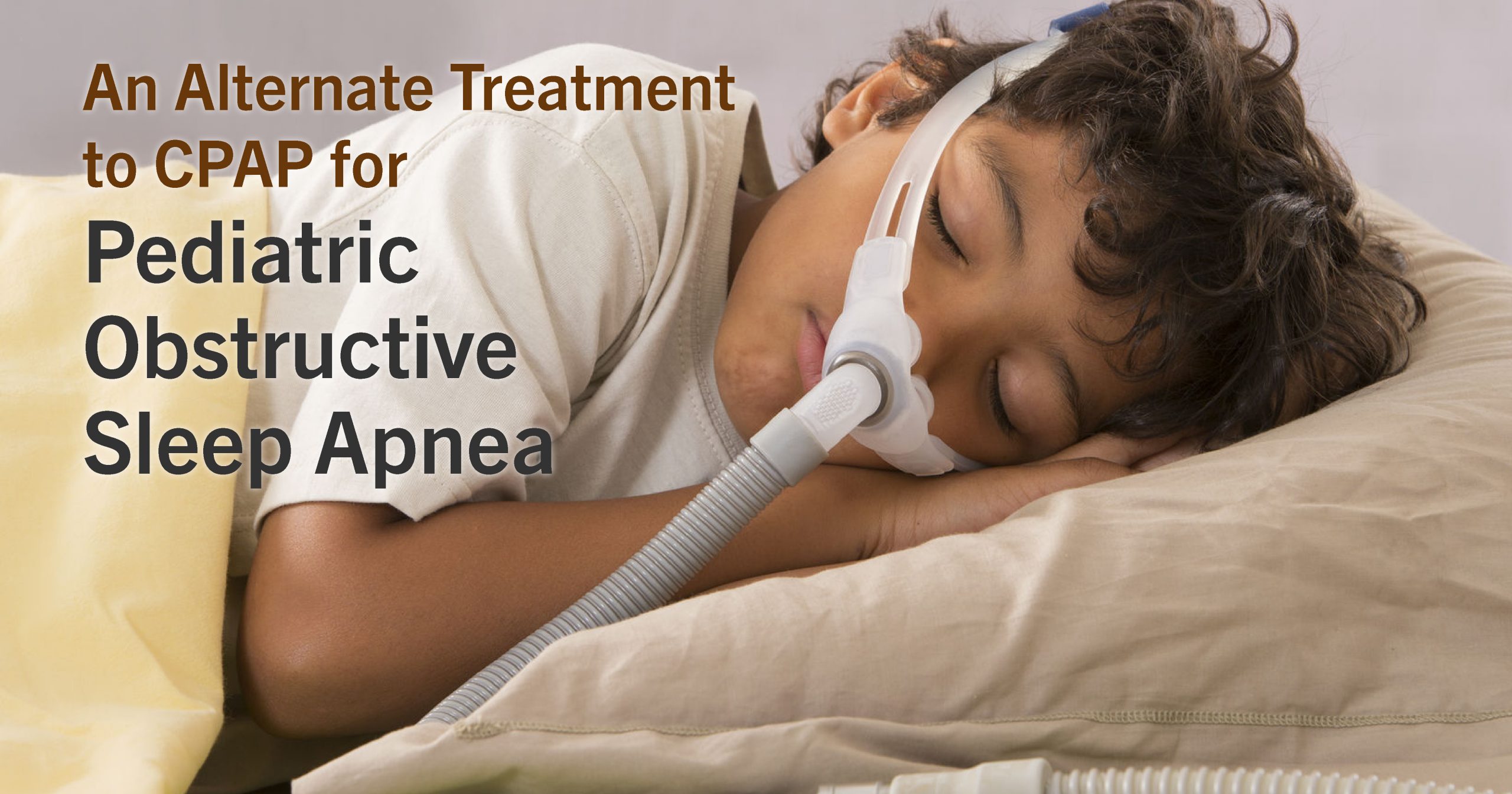Listen to the podcast here.
Obstructive sleep apnea in children is characterized by disordered breathing during sleep which consists of prolonged partial upper airway obstruction or complete obstruction, disrupting normal breathing patterns. The prevalence of pediatric OSA is rising due to the increase in childhood obesity.
These are the risk factors and symptoms associated with Pediatric OSA as previously mentioned:
Risk Factors for Pediatric OSA:
– Physical airway obstruction
– Craniofacial abnormalities and malocclusions
– Obesity
– Premature birth
Signs and Symptoms for Pediatric Patients:
– Hyperactivity
– Difficulty with school
– Depressed mood
– Inattentiveness
– Snoring, gasping, chokings sounds during sleep
– Bruxism (Grinding of the teeth)
Pediatric Obstructive sleep apnea can negatively impact craniofacial growth and development as well as overall growth and development. Research has shown that early treatment is imperative in order to combat the destructive effects of pediatric OSA. Treatments for Pediatric OSA can either be dental or surgical or a combination.
Treatment options for pediatric OSA that have been studied for the past two decades include; Rapid maxillary expansion, oral appliances and distraction osteogenesis.
Rapid Maxillary Expansion (RME) is for children with narrow, high maxillary arches. RME expands the arch by connecting a device to the maxillary teeth and surrounding tissue and applying orthopaedic force. RME significantly reduces the problems associated with OSA and has long lasting results.
The next option is mandibular advancement with oral appliances. In children, mandibular advancement is a type of orthodontic therapy that helps improve and expand upper airway space and may be permanent if used early enough.
Distraction osteogenesis is a surgical treatment option that treats abnormalities in the oral and facial skeleton. This is a more invasive treatment option for children with more serious developmental and growth concerns. Distraction osteogenesis has been proven to improve upper airway obstruction and other functional problems.
Please visit our websites below for more information or to schedule an appointment:

